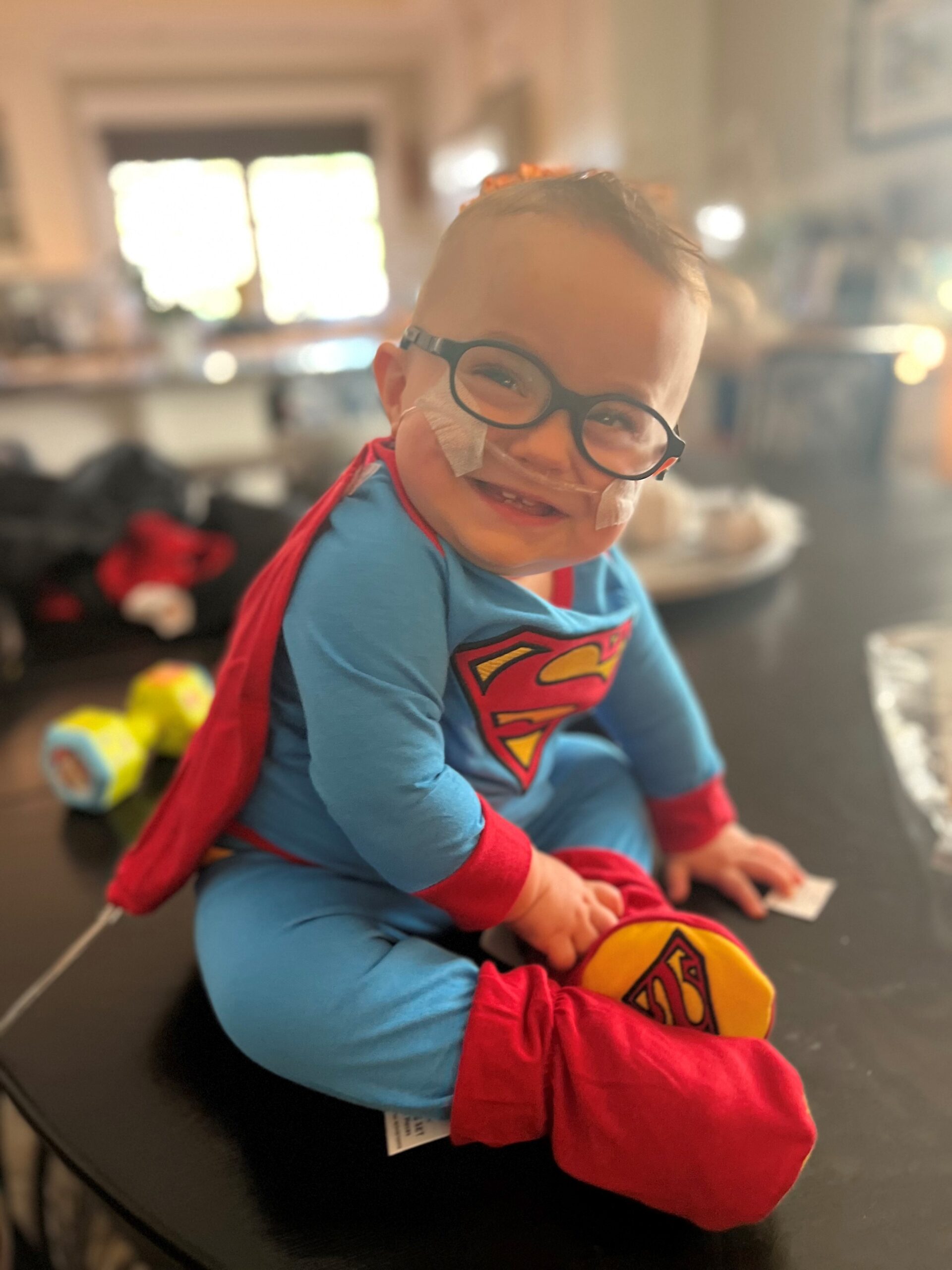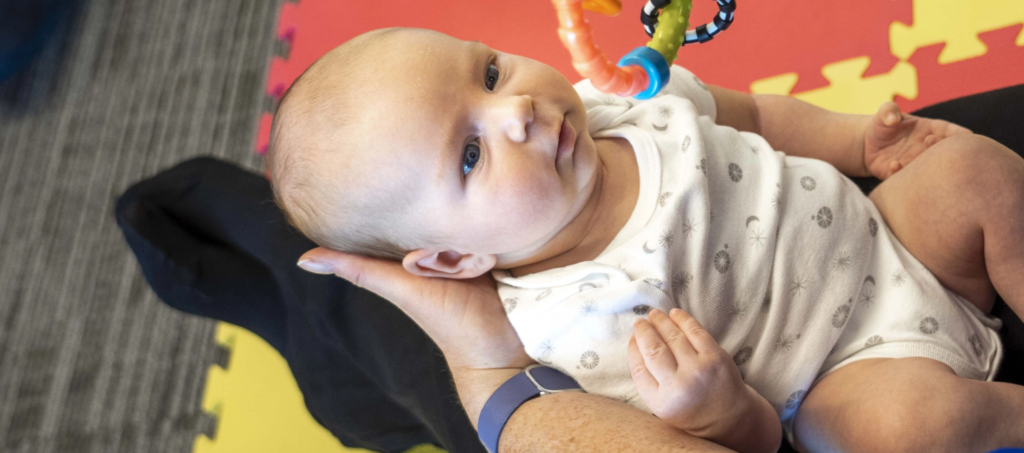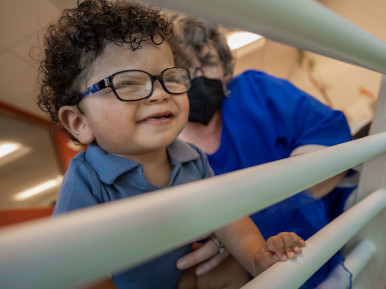
International Clinical Practice Guidelines for the Early Detection of Cerebral Palsy: What Are They and Why Are They Important?
Introduction
Cerebral Palsy (CP) is a neurodevelopmental disorder that affects movement, posture, and muscle tone, originating from brain damage in the womb, during, or soon after birth. The early detection and management of CP are paramount in improving a child’s long-term developmental outcomes. In this blog post, we will explore the international clinical practice guidelines for early detection and diagnosis of CP. Clinicians play a crucial role in adhering to these guidelines to provide the best care for children with CP. Parents play an important role in asking about early signs of CP, discussing concerns with providers, and advocating for the care of their child.
Understanding International Clinical Practice Guidelines
The international clinical practice guidelines are evidence-based recommendations that help healthcare providers make accurate and timely decisions about diagnosis, treatment, and management of various medical conditions, including CP. These guidelines are established by experts in the field and serve as a reference for healthcare professionals.
How do they help with early detection of CP?
There is no single test that confirms a diagnosis of cerebral palsy, so in the past it was diagnosed between 12-24 months of age when there were clear movement and posture delays present. Receiving a diagnosis at this time means that those infants may not receive intervention earlier, during the time period it could most benefit them. However, recent advances in the International Clinical Practice Guideline have demonstrated evidence that using 3 tests in combination, enables early diagnosis of cerebral palsy with over 95% accuracy as early as 12 weeks of age.
Diagnosis and Assessment – What are the 3 tests that combined show the strongest evidence for predicting CP if your child is 5 months of age or younger?
- Magnetic Resonance Image (MRI) – an MRI is a structural brain scan that can show if there is any damage to the movement areas in the brain
- General Movements Assessment (GMA) – the GMA is a movement test where a therapist or clinician watches video footage of your child’s typical movement patterns, and looks for specific signatures in the quality and type of movements they make
- Hammersmith Infant Neurological Examination (HINE)- the HINE is a neurological test that tests reflexes, postures, and specific movements, and examines symmetry between the left and right side of the infant’s body.
Diagnosis and Assessment – What are the tests that combined show the strongest evidence for predicting CP if your child is 6 months of age or older?
- Magnetic Resonance Image (MRI) – an MRI is a structural brain scan that can show if there is any damage to the movement areas in the brain
- Hammersmith Infant Neurological Examination (HINE)- the HINE is a neurological test that tests reflexes, postures, and specific movements, and examines symmetry between the left and right side of the infant’s body.
- Motor Development Test including:
- Developmental Assessment of Young Children (DAYC)
- Alberta Infant Motor Scale (AIMS)
- Neurological Sensory Motor Developmental Assessment NSMDA
What Does Having an Early Diagnosis Accomplish?
- Opportunity to Refer for Early Intervention: Children diagnosed with CP should be referred to early intervention services, including physical therapy, occupational therapy, and speech therapy, as needed. Early detection enables early intervention to occur much sooner, when the greatest gains in neuroplasticity are possible. New evidence is supporting different interventions that may be more effective for children with CP. So having a diagnosis may change treatment from typical early intervention to a CP specific intervention.
- Opportunity to Give Families Guidance and Resources: Involving and educating parents is essential for effective early intervention. By arming caregivers with information about their child’s diagnosis, parents feel more supported. Clinicians should encourage open communication and provide guidance on how parents can support their child’s development. Early detection can often offer parents a new way of understanding their child’s needs, ability to ask more specific questions to advocate for their child, and access to a community of caregivers and professionals to lean on for support when facing challenges.
- Opportunity for Monitoring and Ongoing Assessment: Regular monitoring and assessment of the child’s progress are crucial to adapt interventions and ensure the best possible outcomes. Monitoring and treatment can also prevent common issues associated with CP (hip dislocation, scoliosis, contracture). Early detection can allow for more frequent and appropriate monitoring and treatment of an infant’s development.
Conclusion
Clinicians and hospital systems adhering to international clinical practice guidelines is absolutely crucial for timely and accurate diagnosis of Cerebral Palsy. These guidelines provide a structured approach to assessing developmental concerns, conducting comprehensive evaluations, and ensuring that children with CP receive early and effective interventions. By following these guidelines, clinicians can significantly impact the lives of families and children with CP, fostering improved quality of life and neurodevelopmental outcomes.
Learn More
- Are you a clinician who is interested in implementing the early detection guidelines into your clinic or hospital? Click here for a download of our clinic workflow template
- Are you a parent who wants help talking to your doctor about your concerns or desire to receive these assessments? Click here to download our caregiver handout
- Click here to sign up for a pediatric research database to be involved in pediatric studies
Citations:
1.Rosenbaum P, Paneth N, Leviton A, et al. A report: the definition and classification of cerebral palsy April 2006 [published correction appears in Dev Med Child Neurol. 2007 Jun;49(6):480]. Dev Med Child Neurol Suppl. 2007;109:8-14.
2.Novak I, Morgan C, Fahey M, et al. State of the Evidence Traffic Lights 2019: Systematic Review of Interventions for Preventing and Treating Children with Cerebral Palsy. Curr Neurol Neurosci Rep. 2020;20(2):3. Published 2020 Feb 21. doi:10.1007/s11910-020-1022-z
3. N. Novak I, Morgan C, Adde L, et al. Early, Accurate Diagnosis and Early Intervention in Cerebral Palsy: Advances in Diagnosis and Treatment [published correction appears in JAMA Pediatr. 2017 Sep 1;171(9):919]. JAMA Pediatr. 2017;171(9):897-907. doi:10.1001/jamapediatrics.2017.1689



